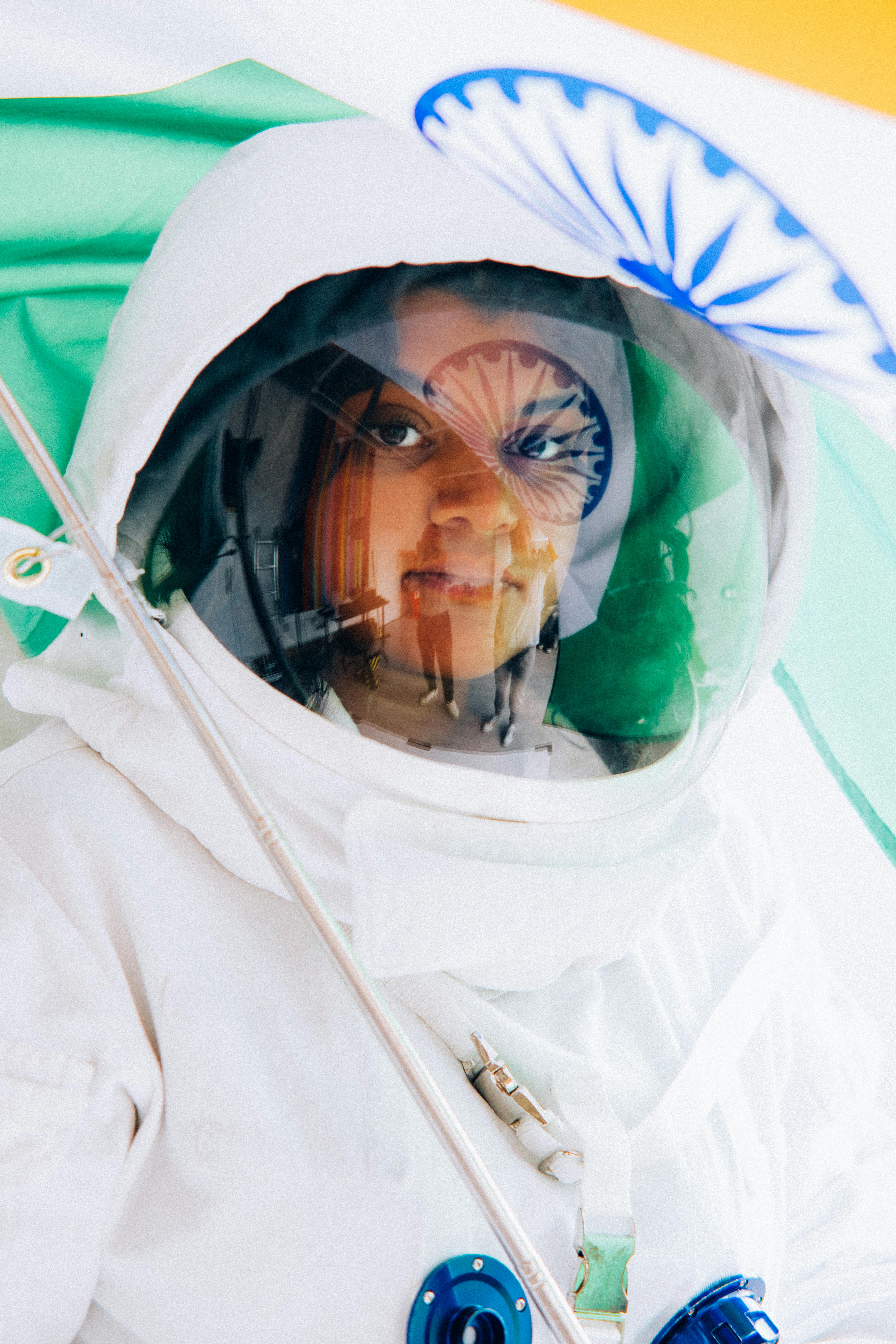
Introduction
The space race has entered a profound chapter for India, as it witnesses an emotional milestone in its journey into the cosmos. This week, Group Captain Shubanshu Shukla, a remarkable test pilot with the Indian Air Force, etched his name in history as the first Indian astronaut to link up with the International Space Station (ISS) aboard the Dragon SpaceCraft, as a part of SpaceX’s Axiom Mission 4. This event is not just significant for Shukla but stands as a testament to India’s rapid advancements in space exploration, with aspirations to launch its own citizens into orbit, and ultimately, the moon and beyond.
Shubanshu Shukla: From Gandhinagar to the Stars
Born in Gandhinagar, Gujarat, Group Captain Shukla’s remarkable journey showcases personal stamina and reflects the increasing confidence in India’s space endeavors. As a seasoned IAF test pilot, he has dedicated years to pushing the boundaries of aviation technology. However, his recent ISS mission elevated his career to an unmatched level—both literally and figuratively. The launch took place at Cape Canaveral aboard a Falcon 9 rocket, which exemplifies the pinnacle of modern space engineering.
This mission, part of a public-private partnership with Axiom Space and NASA, represents a significant breakthrough for India. Shukla’s participation highlights India’s inaugural human presence in the most sophisticated space laboratory developed to date.
Axiom Mission 4: The Technology Behind the Journey
During the flight, Shukla was aboard a dragon capsule affectionately named ‘Grace’. He experienced the full might of 21st-century space engineering. The Falcon 9 rockets, noted for their reusable boosters, successfully propelled the crew into orbit with precision and efficiency, a remarkable feat SpaceX has achieved repeatedly.
The Dragon is equipped with advanced features such as autonomous docking, life support systems, touch screen controls, and state-of-the-art heat shields that allowed Shukla to experience the forefront of aerospace technology. Beyond mere comfort, this assignment also provided invaluable insights into operational systems that will directly inform India’s future manned spaceflight missions.
Scientific Contributions: India’s Role in ISS Research
Upon reaching the ISS, Shukla transitioned from astronaut to researcher. Collaborating with experts from NASA and ISRO, he engaged in microgravity experiments that India spearheaded. These experiments include:
- Testing the effects of microgravity on food microbiome, which is crucial for long-duration space missions.
- Analyzing astronaut interaction with electronic interfaces in zero-gravity environments, essential for future crewed vehicles.
The significance of these studies extends far beyond academic interest. Their findings will directly augment India’s Gaganyaan Human Spacecraft program, serving as a vital resource that can only be developed in space.
The Gaganyaan Mission: India’s Indigenous Space Dream
India’s Gaganyaan mission aims to send astronauts into Earth orbit using the domestically developed human-rated LVM3 rocket. Recent delays due to COVID-19 and technical evaluations have hindered progress, but Shukla’s ISS mission has furnished ISRO with practical insights and operational experience, making preparations more robust.
Key Insights Gained from the ISS Experience
- Insights into astronaut training and mental preparedness.
- Demonstration of functioning life support systems in space environments.
- Skills in troubleshooting and system diagnostics onboard.
ISRO is actively developing its own Environmental Control and Life Support Systems (ECLSS) for the Gaganyaan mission. Innovations in waste recycling, food systems, and thermal regulation are pivotal to this endeavor. Shukla’s real-time experiences will aid in refining these systems.
Looking Ahead: India’s Space Ambitions Beyond Earth
India’s aspirations reach far beyond Earth’s orbit. Following the successes of the Chandrayaan-3 lunar mission and the Aditya-L1 solar mission, the future looks promising and ambitious:
- Chandrayaan-4, India’s inaugural Lunar Sample Return Mission
- A conceptual Indian Space Station, aimed for development by 2030
- Development of Ai-Saksham Robots and advancements in autonomous docking technology
- This mission marks a crucial stepping stone towards realizing these grand visions.
Emergence of India’s Private Space Sector
While ISRO leads the charge in space exploration, India’s private space sector has emerged as an essential partner in this endeavor. Shukla’s ISS mission exemplifies how collaboration between government and private entities can forge new pathways for future explorations.
- Skyroot Aerospace is actively testing reusable rocket technology.
- Agnikul Cosmos is pioneering mobile launch pad systems and 3D-printed rocket engines.
- Pixxel is deploying hyperspectral imaging satellites to monitor everything from crop health to mineral deposits.
Supported by the Indian National Space Promotion and Authorization Center (IN-SPACe), these start-ups are poised to contribute significantly to both domestic and international space missions in the future.
Conclusion: A Nation Unites for Space Exploration
What commenced as a remarkable launch from the shores of Florida resonates deeply across India. Group Captain Shubanshu Shukla’s mission is more than a personal accomplishment; it signifies national pride and development.
His presence aboard the ISS not only enhances India’s status as a space partner but also as a formidable contender in the global space arena. The knowledge, experience, and partnerships fostered throughout this mission are laying the foundation for a new chapter—one in which Indian astronauts, entrepreneurs, and scientists collaborate in the international space community.
The countdown has reached its conclusion. The mission continues, and India’s journey to the stars is just beginning.